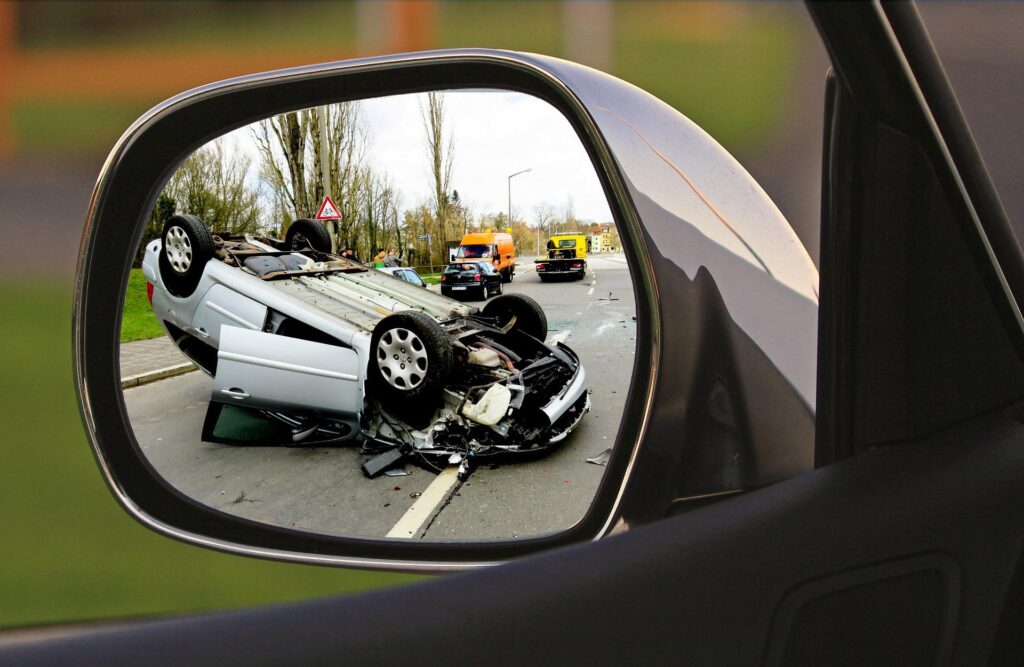 After an accident, you’re required to stay at the scene and exchange information with the other driver. If you don’t stay at the scene, you could be charged with a hit and run, so it’s always best to wait for law enforcement to arrive.
After an accident, you’re required to stay at the scene and exchange information with the other driver. If you don’t stay at the scene, you could be charged with a hit and run, so it’s always best to wait for law enforcement to arrive.
If you are faced with a hit and run charge, review the defenses below with your criminal defense attorney to determine your best legal path.
Hit-And-Run Overview
A hit and run is a crime where you cause or are involved in a crash with another vehicle or person. Then, you don’t stop and provide the information that state law requires. Laws vary by state, but you generally must provide this information to the other party after an accident:
- Name, address, and telephone number
- Driver’s license number
- Auto insurance information, such as the insurance provider and policy number
- License plate number
- Other information that your state requires you to provide after an accident
This required information must be given to the other driver or drivers, as well as to law enforcement and witnesses.
In most cases, you should stay at the accident scene until law enforcement arrives and says you can go. You also should check if anyone is hurt after the crash and call for medical help if necessary.
Staying on the scene until the police arrive is always the safest and best course of action after a car accident. There’s no chance of being charged with a hit and run if you wait for law enforcement.
Sometimes people will rely on the other driver’s word that they aren’t hurt and don’t have damages. They leave the accident scene, and then find out days later they were charged with hit and run. You never know what motivates other people or if they’ll change their story to suit their best interests. That’s why you should never leave the scene and wait for the police.
Some of the most effective defenses to a hit-and-run charge are:
Mistaken Identity
If you were not the person who was in the accident, obviously you can use this defense. However, you can only escape criminal liability for a hit-and-run charge if you can prove that you weren’t involved in the accident. This means you’ll need an alibi and witnesses to prove it’s a case of mistaken identity.
No Damages
If the accident involved no damages or injuries, there may have never been an accident. To be found guilty of hit and run, there generally needs to have been an accident with injuries and damages.
Car accident fraud happens quite often, so it’s possible to be hit with a hit and run charge for a non-existent accident. If the prosecutor can’t prove damages or the alleged damages are illogical, you may be able to have the case dismissed.
You Didn’t Leave The Scene
Sometimes the defendant will be charged with hit and run when they didn’t leave the crash scene. If the victim of the accident leaves the crash scene and reports it as a hit and run, you could be charged with hit and run , even if you stopped after the incident.
If you are ever in a crash that you caused and the other person leaves, try to get a witness to back up your story. That way, you can prove to law enforcement that you stopped after the accident and did what you’re legally obligated to do.
Being charged with a hit and run is scary, but you can use one or more of the defenses above to possibly minimize charges or get them dismissed. Your criminal defense attorney has plenty of experience with these kinds of cases, so talk to them as soon as you can to determine how to proceed legally.